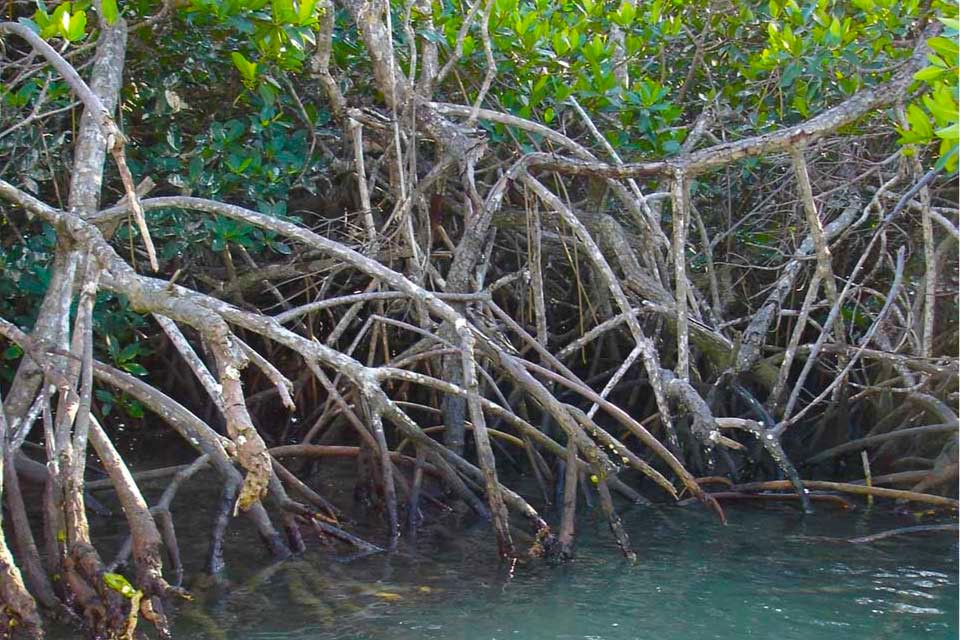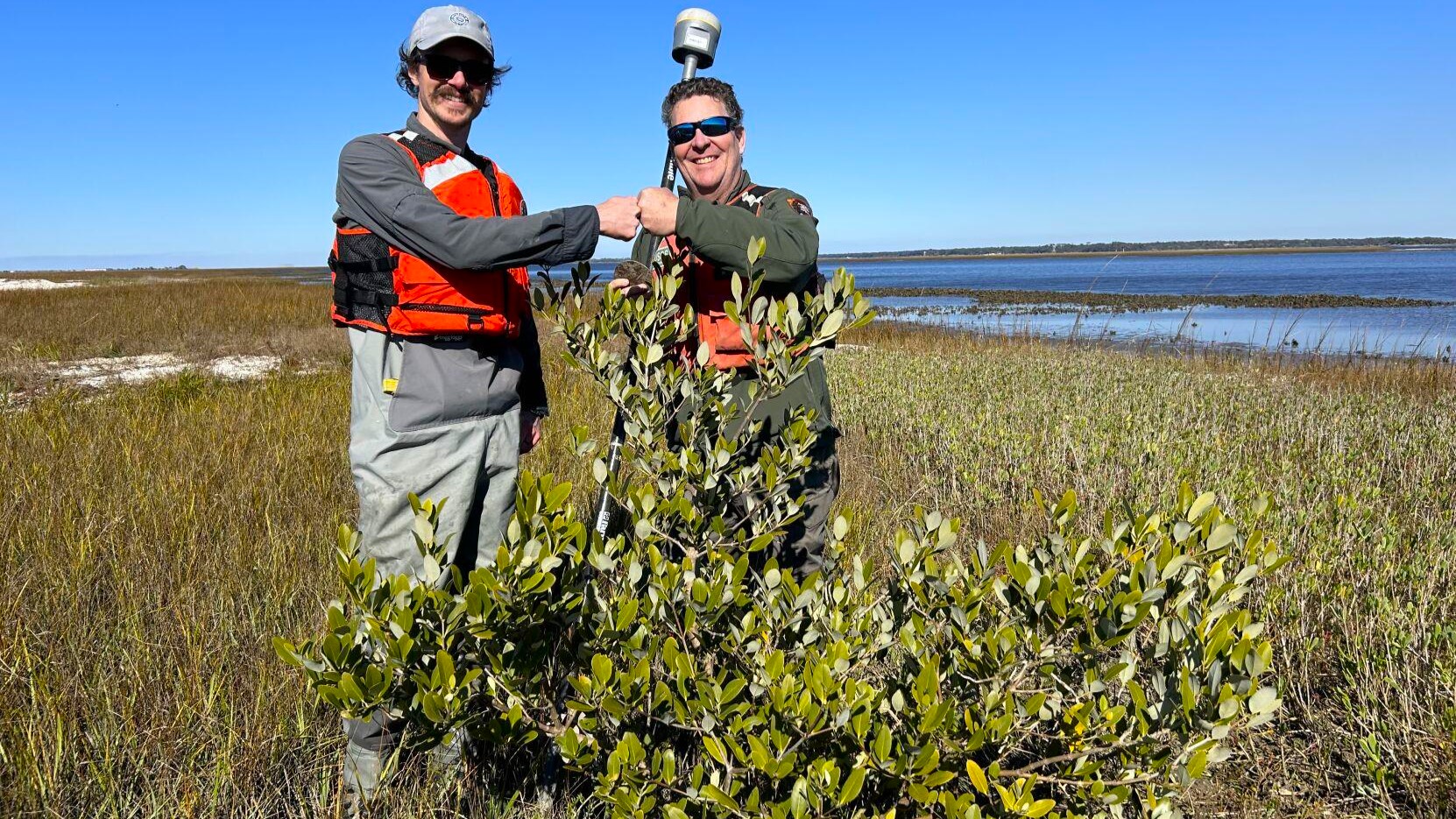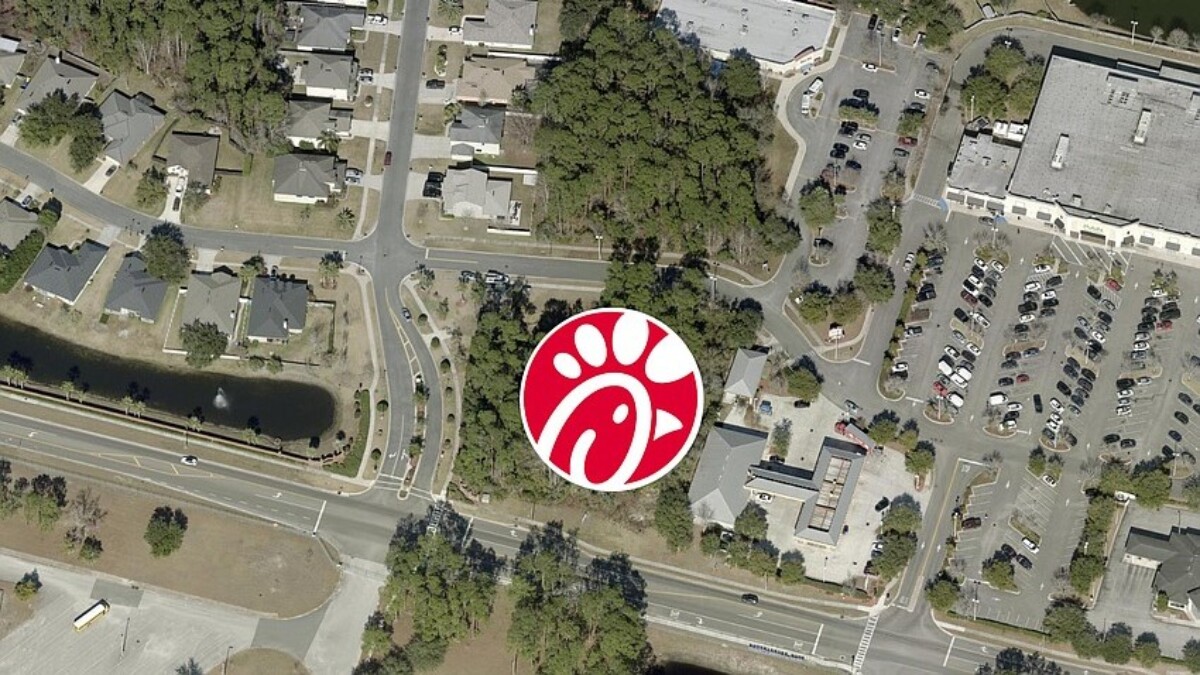An iconic tropical tree known to grow mostly in Central and South Florida’s coastal waters is apparently creeping north.
A University of North Florida biology professor found the mangrove in coastal southeast Georgia. The reason the mangrove is showing up at Cumberland Island is a lack of winter freezes that normally cull its growth and limit it to the Amelia Island area, Assistant Professor Scott Jones said.
Jones found red and black mangroves along the salt marshes of the island off St. Marys in January while trekking with William Vervaeke of the National Park Service. Vervaeke and an ecologist with Smithsonian Environmental Research Center had been studying northernmost mangrove trees for years and contacted Jones because of his previous research.
Jones said their mangrove discovery is neither good nor bad news.
“That expansion and contraction is a totally natural process, and what we are seeing now, and why we are — I would not say concerned — is due to less freezes from a warming climate,” he said. “They are moving farther north than maybe they have ever been historically. The concern is not that mangroves, in the next 10 to 15 years, will totally take over the salt marshes. … That is not going to happen. We have scattered shrubby individuals that are just eking out a living on the edge of their survivability.”
Mangrove trees grow in areas with low-oxygen soil along saltwater shorelines at tropical and subtropical latitudes near the equator, more common in coastal wetlands south of Daytona Beach. Many mangrove forests have a dense tangle of prop roots that make them appear to be standing on stilts above the water. Those root systems stabilize the coastline and reduce erosion from storm surges, currents, waves and tides, the National Oceanic and Atmospheric Administration says.
Florida legislators regard mangroves as storm buffers as well as valuable coastal habitat for fish and crustaceans like crabs. The state’s Mangrove Preservation and Trimming Act forbids their trimming by anyone lacking certification as an arborist. The 1996 act states that over 555,000 acres of mangroves exist in Florida, more than 80% under some form of government or private ownership or control and set aside for preservation or conservation purposes.

In a WJCT News climate story in 2019, the Smithsonian’s research center had determined that mangrove coverage had doubled along Northeast Florida’s coast since 1984 and could block waterfront views and squeeze out marsh wildlife. The ranges of mangroves has changed over the years, but with more recent climate change has come a crucial reduction in crop- and tree-killing freeze events.
Mangroves typically die when temperatures are below freezing, according to NOAA. The last local freeze strong enough to wipe out mangroves — what Jones called a “lethal freeze” — took place in December 1989. Without those freezes, and helped by intensifying storms that push mangrove seedlings farther north, its range has been able to expand, experts said.
The most recent search for the mangroves’ most northern point, done by Jones, Vervaeke, and a journalist from Scientific American, started in January on the south side of Amelia Island. That is where they believed the northernmost mangrove to be, and they found a lot of them.
But when they continued boating northward, they found a small group of red and black mangroves in the marsh near Cumberland Island, just north of the Florida border. This was about 12 miles farther north than the last documented sighting of the black mangroves and almost 50 miles from the last red mangrove sighting, Jones said.
There is no concern about mangroves taking over, Jones said.
“They are not really invading, which is a word we try not to use, or expanding or encroaching into all the marsh,” Jones said. “In our region, the Florida/Georgia border or even Jacksonville, we are talking hundreds of years before mangroves really dominate the system. On that time scale, sea level rise and human alteration of habitat are much more pressing concerns than the mangrove tree — shrub really — coming in.”
Jones is closely studying the mangroves in Georgia as well as Florida to learn more about how this tropical plant could affec the resilience of the region’s coastal wetlands. The biggest concern as the red and black mangroves appears to be moving northward is that they could shift the habitat in marshlands, Jones said.
“That does have functional consequences,” Jones said. “They look a little different. They both provide habitats for organisms, but maybe not the same organism. Certain species of fish prefer one over the other; certain species of birds prefer one to another. So we are definitely going to see change in the habitat.”
And the spread north is not new. Jones said the mangrove tree they just found at Cumberland Island is at least 3 to 5 years old.







